Study in Canada- Education System
Study in Canada- Education System
One of the major reasons behind Canada’s popularity among students is its affordable quality education. The Canadian government spends generously on higher education and is among the top three countries to spend per capital on post-secondary education. Let’s find out more about the Canadian education system.
The education system in Canada falls under the complete dominion of the territories and provinces, which means there is no central education system in Canada. An interesting notion about the education system in Canada is the fact that public education in the country is free up to secondary school.
There is both a public and private education system in Canada. The Canadian government heavily subsidizes education from kindergarten through to the post-secondary level, spending on average almost six percent of its GDP on education. This means Canada spends proportionately more on education than the average among OECD countries.
The grading system in Canada also differs from the one used in France. Grades are expressed in percentages (for instance 60% instead of 12/20). Each percentage band corresponds to a letter: A+, A, A-, B+, B, B-, C+, C, C-, D, and F. For instance, the percentage band corresponding to an A+ is 90-100%, while the one corresponding to a B is 72-75%. For a course to be validated, students must obtain a minimum average of C, which corresponds to 60-63%. The average of all the courses of a semester is called the Term Grade Point Average (TGPA); this in turn will help determine the Grade Point Average (GPA).
Generally speaking, the education system is divided into three levels:
Primary
Secondary
Post-secondary
Private education and other schooling systems — for example, religious schools — are also available at all three levels.
Canada is one of the most educated countries in the world. In 2015, 90 percent of people in Canada aged 25 to 64 had at least completed high school, and 66 percent had obtained a post-secondary educational credential. These figures are both above the OECD averages of 78 percent and 40 percent, respectively.
Education in Canada is available to children the year they turn five (except in Ontario and Quebec, where children may start a year earlier). Depending on the province, kindergarten may be optional. The table below shows, generally speaking, the ages between which children are required to attend school (note that requirements may differ for homeschooling, which is legal across Canada).
The candidate who is willing to pursue an education in Canada needs to have a certain percentage of marks in your 12th. The overall percentage required by the student in his/her 12th must be between 55%-60%
Types of Institutions
Universities
Canada has a well-established position in the world’s leading study destinations. The most popular Canadian provinces for international students are Ontario, British Columbia, and Quebec, which between them are home to many of the top universities in Canada.
As universities in Canada are managed by provincial governments, you’ll find there will be slight differences in how education is carried out. Quebec, in particular, is markedly different from the rest of Canada, with different term times and length of study. For instance, students finish secondary school a year early and must take a mandatory pre-university General and Vocational College (CEGEP) course, essentially eliminating the freshman year of university.
Technical Institutes and Community Colleges
Community Colleges and Technical Institutions are popular education choices in Canada; they offer professional programs of 1 to 3 years (often including a work term) that are highly applicable in the job market. Some community colleges offer university transfer programs that allow students to take courses that are parallel to those offered for the first two years of a four-year university program. Students must still apply to the university to gain admission to complete the last two years of the four-year program.
Career/ Technical/ Private Colleges
Privately owned and operated, their primary objective is preparing you for the job market after a short period of instruction. The emphasis at Career College is on practical skills. Post Study Work Option depends on the institution.
Types of Certifications
Certificates and Diploma
Duration: - 1 to 2 years
Description: - Vocational and job-oriented programs, mainly technical
Associate Degree
Duration: - 2 years
Description: - Equivalent to the first two years of a 4-year bachelor's degree
Bachelor's Degree
Duration: - 3 to 4 years
Description: - An undergraduate degree requires successful completion of secondary school. The duration of your course depends on the province and type of program although most courses last for 4 years. Certain provinces like Quebec have a bachelor's degree of 3 years.
Bachelor's Honors Degree
Duration: - 4 years
Description: - This will require getting a specific GPA or credits, a major or a specialist program
Postgraduate Diploma
Duration: - 1 to 2 years
Description: - A post Bachelor's degree qualification
Master's Degree (by thesis)
Duration: - 1 to 2 years
Description: - Often referred to as research masters, this requires mandatory submission of thesis for assessment and course completion
Master's Degree (by non-thesis)
Duration: - 1 to 2 years
Description: -This is a taught master's degree, not requiring thesis submission
Doctorate or PhD
Duration: - 4 to 7 years
Description: - Ph.D. is awarded when students complete a dissertation and successfully defend their work before a panel of faculty members
Post-Doctoral Programs
Duration: - No time limit
Description: - Specialized research-oriented programs
Intakes
If you’re looking to study in Canada, you should begin planning one year prior. Universities and colleges in Canada usually have intakes in September and January which are known as Fall and Winter intake respectively. Some also have a May intake but this is largely dependent on the university under consideration.
Tuition Fees
|
Programs |
Tuition Fees (Per year/ Approx) |
|
Diploma and Certificate Program |
C$13000-C$16000 |
|
Bachelors Program |
C$13000-C$18000 |
|
Masters Program |
C$17000-C$25000 |
Scholarships
The primary criterion for most scholarships is a good academic score, however, it also depends on factors such as your chosen destination, subject, and level. In some scholarships, factors like extracurricular activities, and volunteering can also be used to advantage.
Some Canadian universities and schools offer scholarships and awards for international students who achieve outstanding results. The amount of money available and the type of award varies between the various institutions. Getting a scholarship is competitive and you must generally apply directly to the school that offers them.
Co-Operative Education
This unique platform brings together classroom-based education and practical work experience making for more structured and pragmatic learning. This is an exceptionally wonderful avenue for international students who do not wish to consume themselves in a completely lecture-based education. Note that 50% of the program will include work experience therefore you must have a work permit.
Academic Year
September is the main intake in Canada and witnesses the maximum number of student admissions. While most colleges and universities offer the September and January intake, you may also be able to get admissions in the Summer intake that starts around April/May.
Financial Aid
Financial aids are available for Indian students applying to Canadian students in the form of scholarships, grants, bursaries, tuition waivers, etc. Note that the amount of the reward and its type varies between various institutions and programs. Since getting a scholarship is competitive, we recommend you to start with the procedure about 8-12 months before the preferred intake begins.
Why Canada is emerging as the best option for Education?
- Organization for Economic Co-operation and Development (OECD) study reveals that Canada’s students are educated at the best level in the world.
- Immigrants are able to integrate at a fast pace in Canadian schools.
- In Pisa tests, if the level of education is evaluated on the basis of provinces then the three universities – Alberta, British Columbia, and Quebec would be counted under the top 5 places of science in the world.
- The teachers hired in Canada are very selective and highly paid.
- To improve literacy, experienced staff and resources such as exams and assignments help identify struggling schools or individuals.
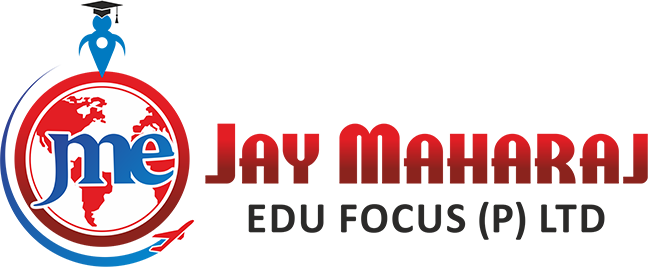
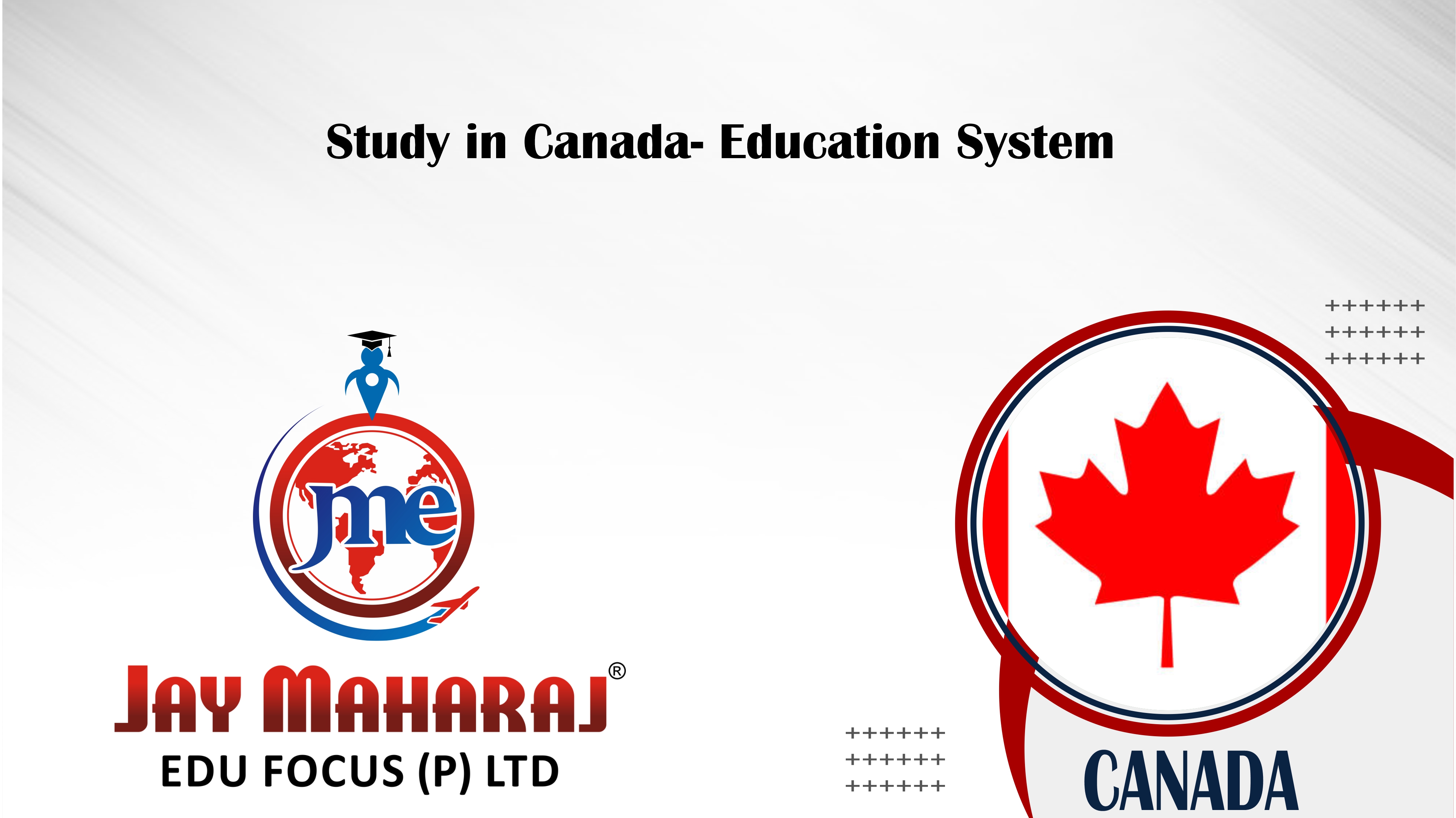

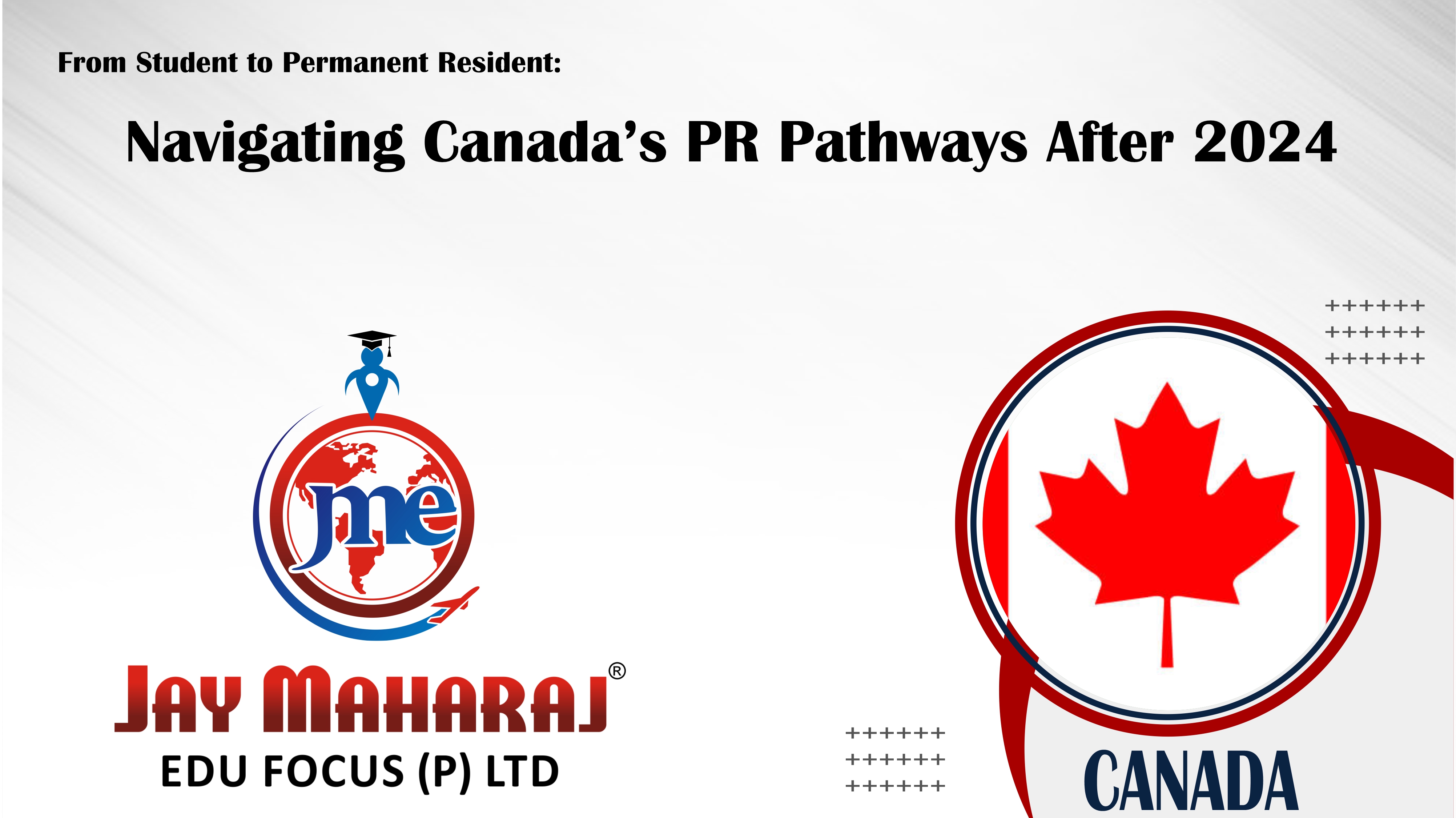
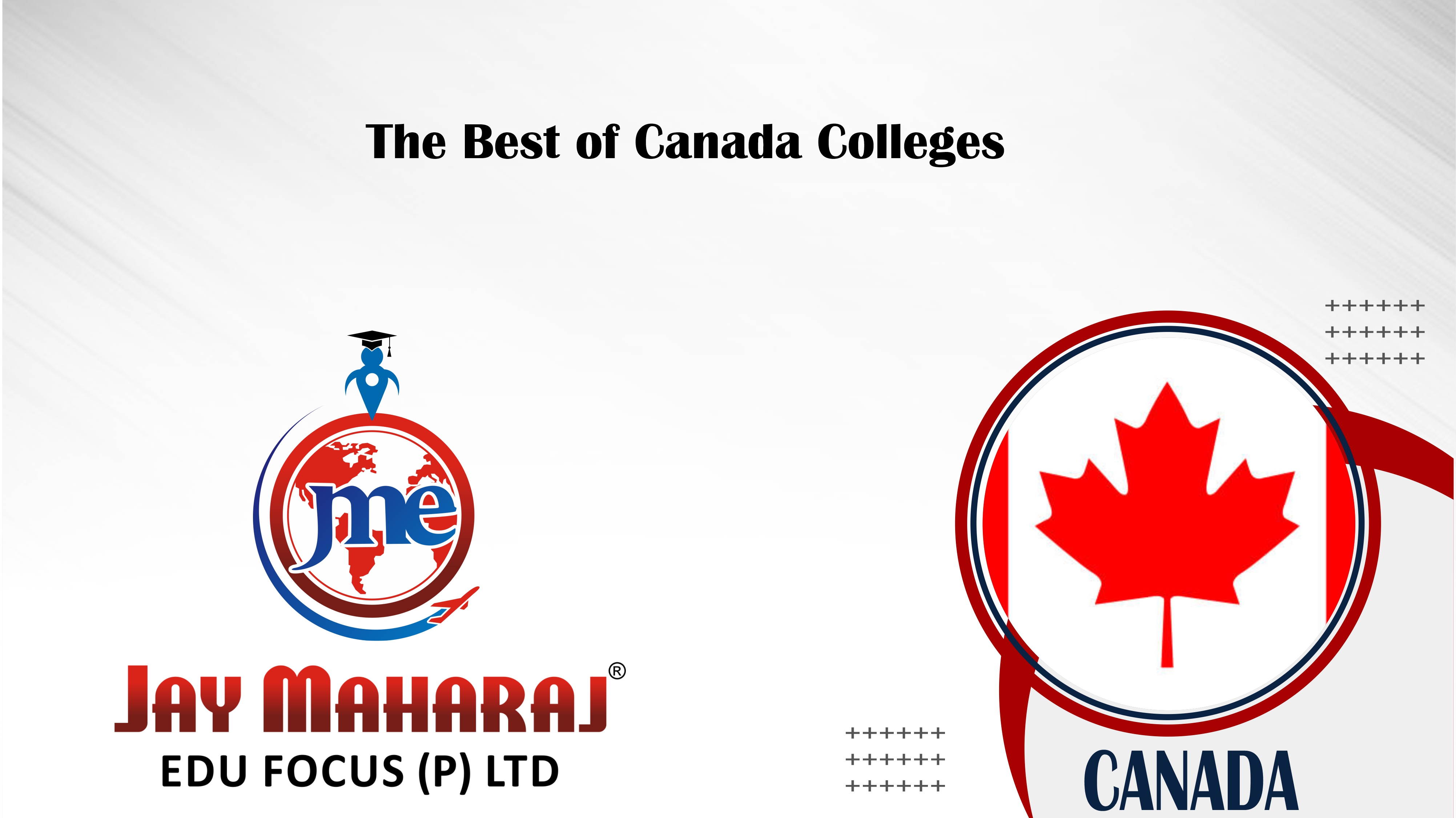
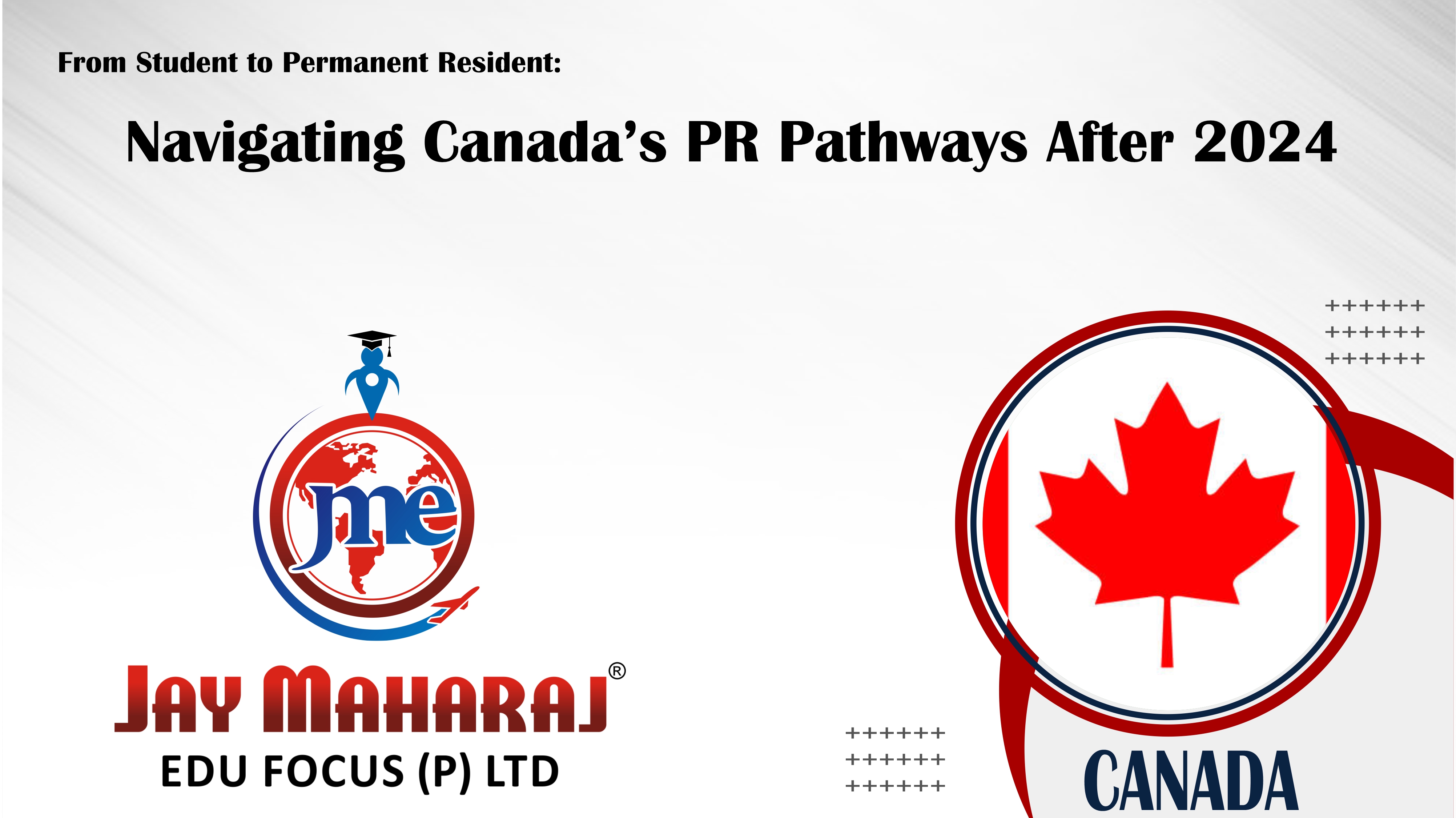
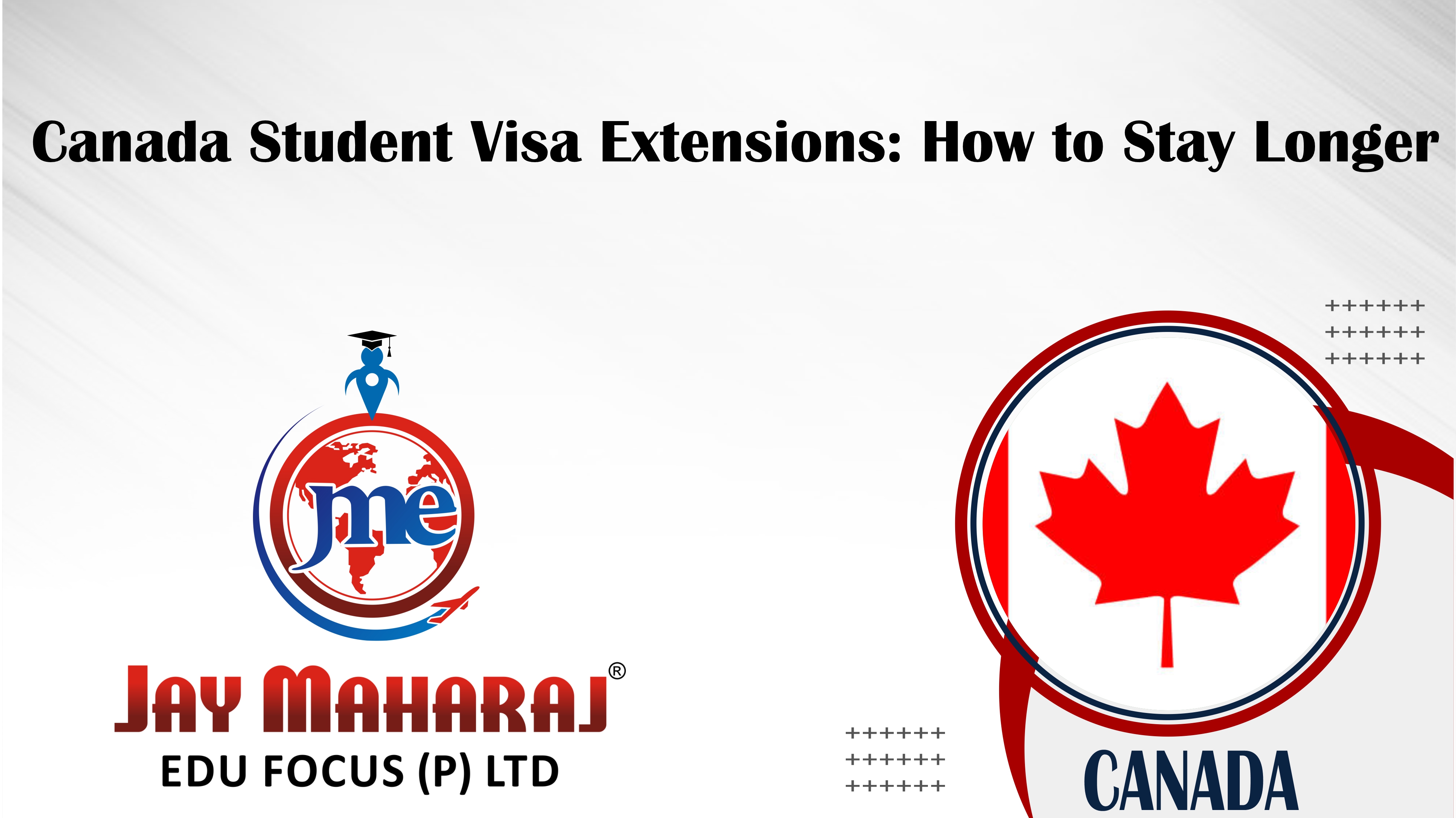
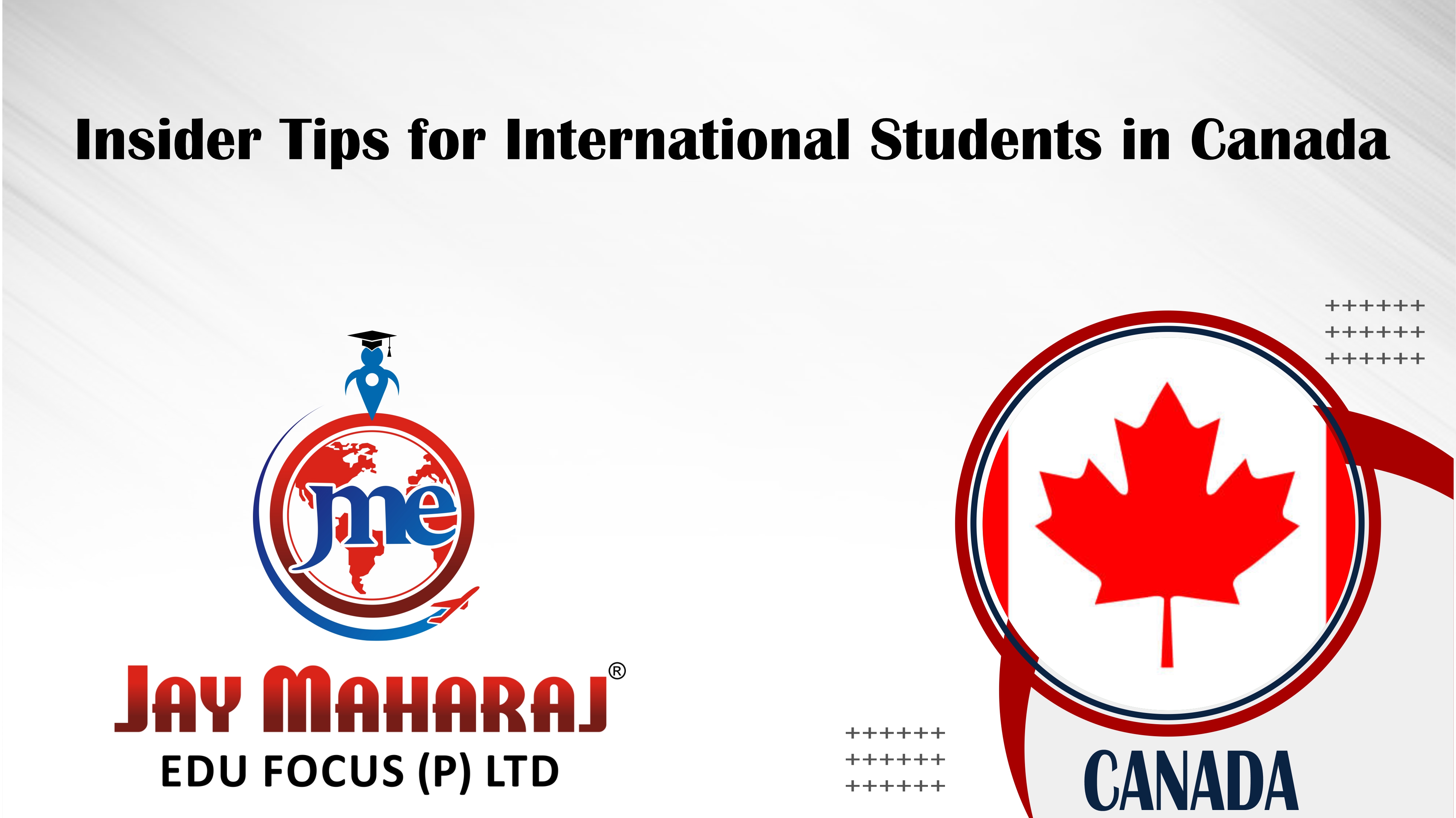
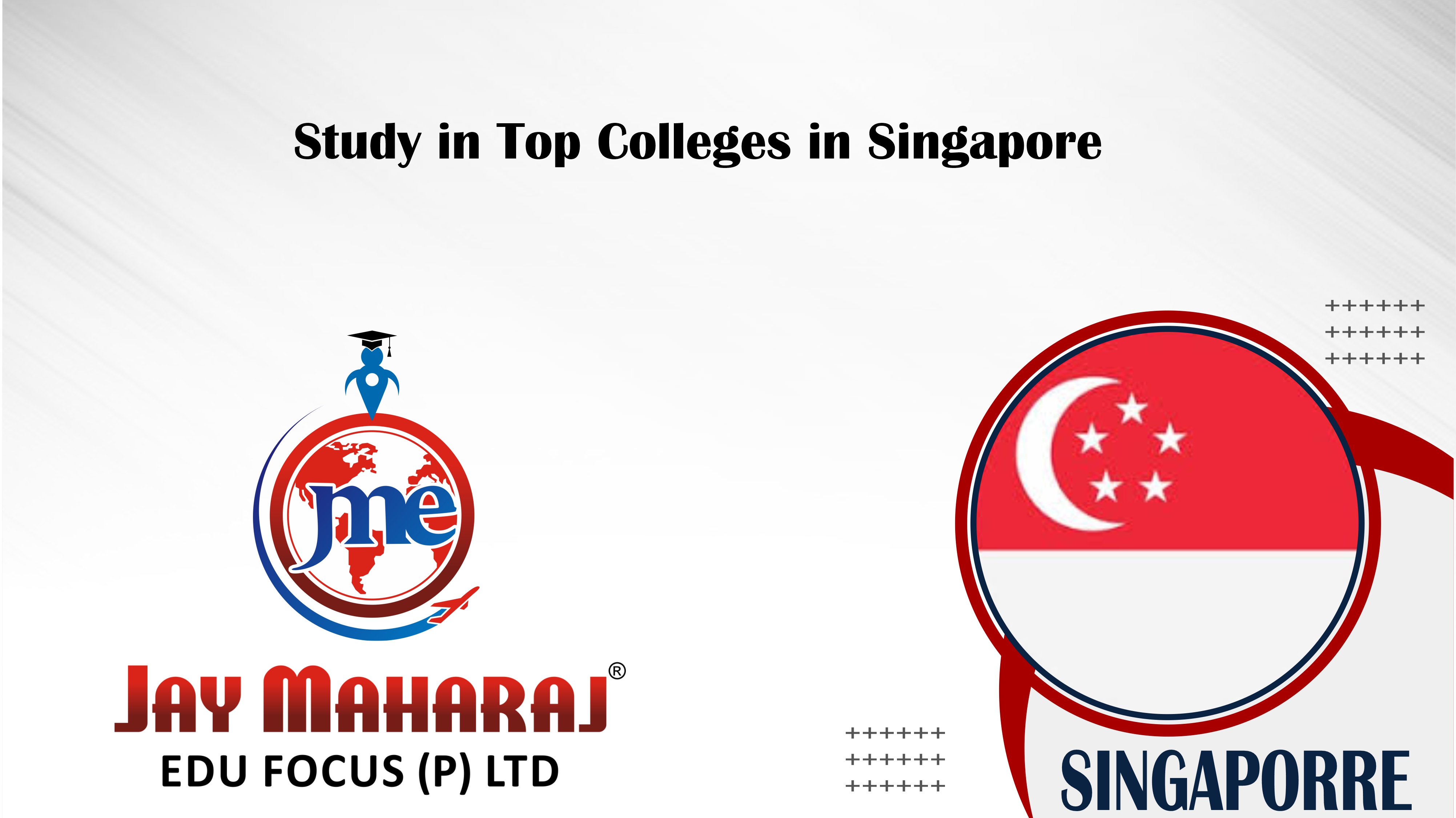

Comments